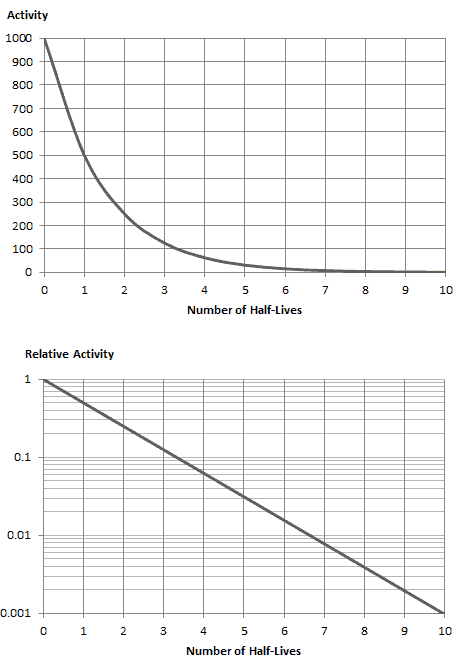
Modeling population growth and decay ratesTo understand the different modelsthat are used to represent populationdynamics, let’s start by looking at ageneral equation for the population growthrate (change in number of individualsin a population over time):dtdN=rNis the growth rate of the populationin a given instant,Nis populationsize,tis time, andris the per capita rate of increasethat is, how quickly the populationgrows per individual already in thepopulation.If we assume no movement of individualsinto or out of the population is,rjust a function of birth and death rates.
Derivation of the solution to the differential equation
dtdN=rN
NdN=rdt
∫NdN=∫rdt
ln(N)=rt+CN=Aert
Therefore this means that the growth and decay of some materials increases exponentially as the time increases


Comments